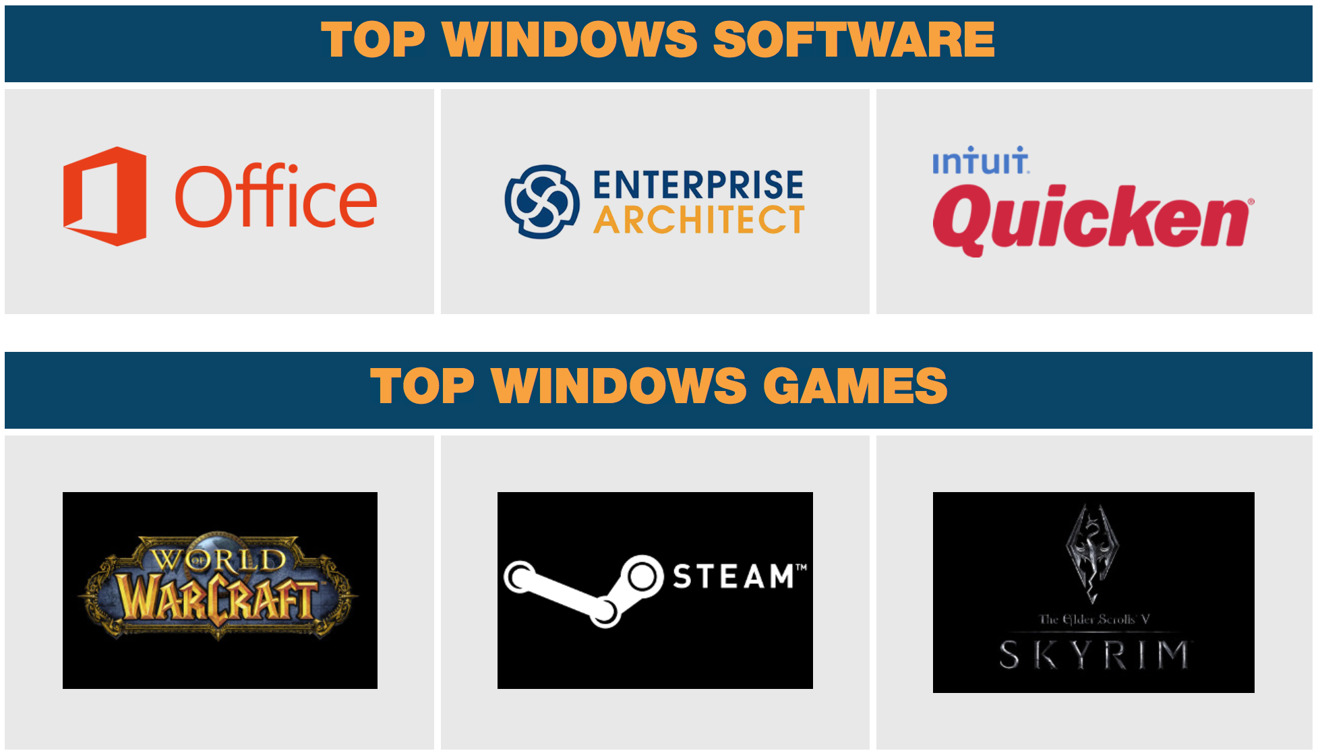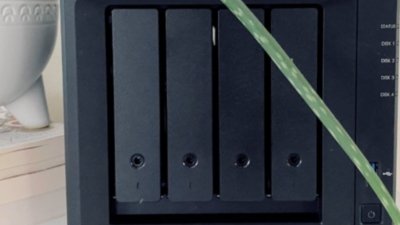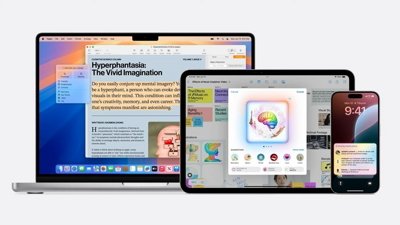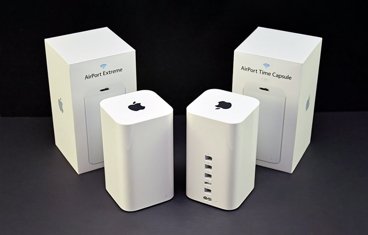Windows software solution CrossOver for macOS has updated, and with the update comes full compatibility for the Microsoft Office 2013 suite and 64-bit applications for the first time.
Codeweavers, the CrossOver developers, heralds that Microsoft Office 2013 can now be installed in a CrossOver wrapper, either though a software license, or through an Office 365 subscription. Microsoft Project 2013, Visio 2013, and Outlook 2013 are not yet supported, but the company claims that each are "under active development" with support added soon.
CrossOver 16 also brings functional improvements to financial management package Quicken, and the Microsoft Office 2010 suite. Other fixes include work on audio in Blizzard titles.
Initial AppleInsider testing has shown more "recipes" for Windows software installation now available, as well as application execution speed improvements on some upgraded bottles.
CrossOver 16 is based on the upcoming compatibility-layer software Wine 2.0. Wine 2, when released, will include Codeweavers-provided improvements to the core technology that CrossOver uses to run Windows applications.
Mac customers with active support entitlements will be upgraded to CrossOver 16 the next time they launch CrossOver. Otherwise, a year of updates for CrossOver ">retails for $60, with a two-week free trial available.
 Mike Wuerthele
Mike Wuerthele


 Wesley Hilliard
Wesley Hilliard
 Andrew O'Hara
Andrew O'Hara
 Malcolm Owen
Malcolm Owen
 Marko Zivkovic
Marko Zivkovic

 Chip Loder
Chip Loder
 Christine McKee
Christine McKee
 William Gallagher
William Gallagher



-m.jpg)





9 Comments
"... either though a software license, or through an Office 365 subscription ..."
I must be confused... if you have an Office 365 subscription and/or software license why would you go the kludgy reverse-engineered route to install something you can just install natively? I can see it for Visio or Project since MS doesn't make it available for the Mac. But Word, Excel, Powerpoint, and Outlook all exist natively on MacOS now either through Office 365 or enterprise volume license so why put another layer in between? And if "... Microsoft Project 2013, Visio 2013, and Outlook 2013 are not yet supported... " then I'm really lost as to why anyone would pay for this on Mac. On Linux... yeah, I could see it, but why on the Mac?
Also, the title of the article says "CrossOver 16 adds Microsoft Office 2013 & 64-bit application virtualization" what does this "virtualization" gain you over just using Fusion or Parallels and integrating the native Windows app into your menu bar and app tray? Don't get me wrong... I've been a Linux admin for years and embraced Crossover on Linux many years ago... I just don't see the point of it for Mac. Could someone please enlighten me?
Because Office 2013 for Mac and Windows aren't precisely the same.
I used to use CrossOver before when I had to use IE for one specific purpose. I had no issues.